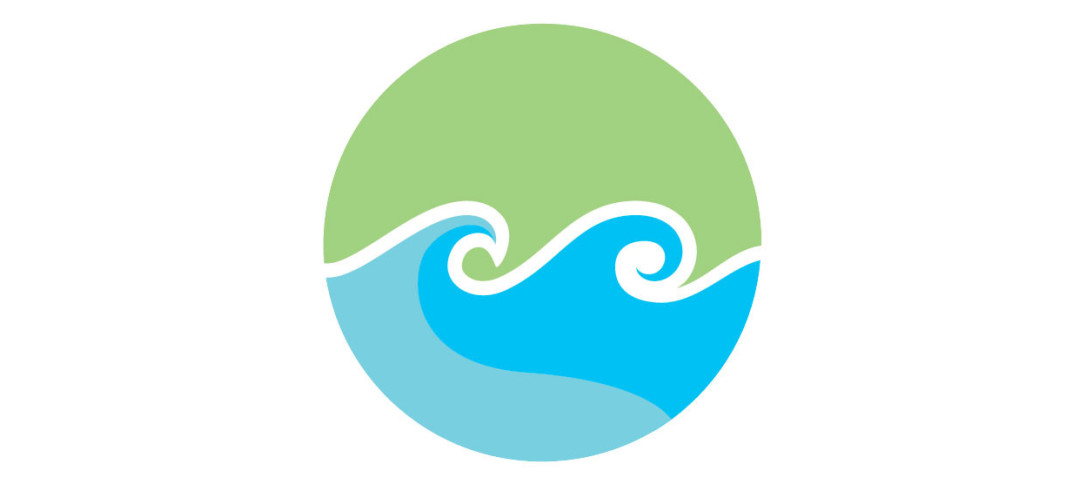
The modified narrowband model (MNB), an approximation devised to mimic the distribution of sea-surface elevations in nonlinear waves, is tested against empirical distributions of surface elevations, and associated crest and trough amplitudes observed in deep and shallow-water wavefields. Crest-to-trough wave heights are also considered, but not based on the MNB model as that needs to be addressed separately as a major future effort.
Empirical data of interest here include ‘simple’ wind seas with unimodal spectra as well as more complex cases comprised of short and long-wave components with or without multimodal spectra. Three different datasets representative of such wave fields are analyzed in terms of the distributions of surface elevations, crest and trough amplitudes, and wave heights. These are then compared with the predictions based on the MNB approximation and wave-height models.
Comparisons suggest that the MNB model is an effective model as an approximation, but its efficacy tends to diminish, especially, in highly nonlinear complex shallow-water wave fields where surface elevations display rather large third- and fourth-order statistical moments, also known as coefficients of skewness and excess kurtosis. Although wave-breaking is not considered, its impact on sea-surface statistics needs to be incorporated into theoretical constructs such as MNB and others for more realistic predictions.
Short Bio: Tayfun received his PhD in Applied Sciences in Civil Engineering, University of Delaware, in 1972. His professional career includes four years at Delaware as a research-faculty member, two years as a principal coastal-ocean engineer at Tetra-Tech, Inc., Pasadena, CA, and two years as an associate professor at the Department of Marine Science & Engineering, North Carolina State University, NC. He joined the Engineering College at Kuwait University in 1980. His affiliation with Kuwait University lasted on and off until May 2016, at which time he has retired from active work. At present, he lives in Bodrum, Turkey, and enjoys working on waves as a hobby.
His research experiences comprise various sponsored and unsponsored studies of waves, wave spectra and statistics, coastal flooding, tides and tidal circulation, delineation of coastal hazard zones, and other coastal-ocean problems. His sponsors included the Office of Naval Research, USA, on wind waves, non-stationary wave spectra, and wind-wave generation in shallow waters; HUD (FEMA now), USA, on coastal flooding due to the joint occurrence of waves and hurricanes or tsunamis; NC State on coastal hazard zoning; and, Kuwait Research Foundation and Kuwait University Research Administration on nonlinear waves and their stochastic modeling, tides and tidal circulation projects.